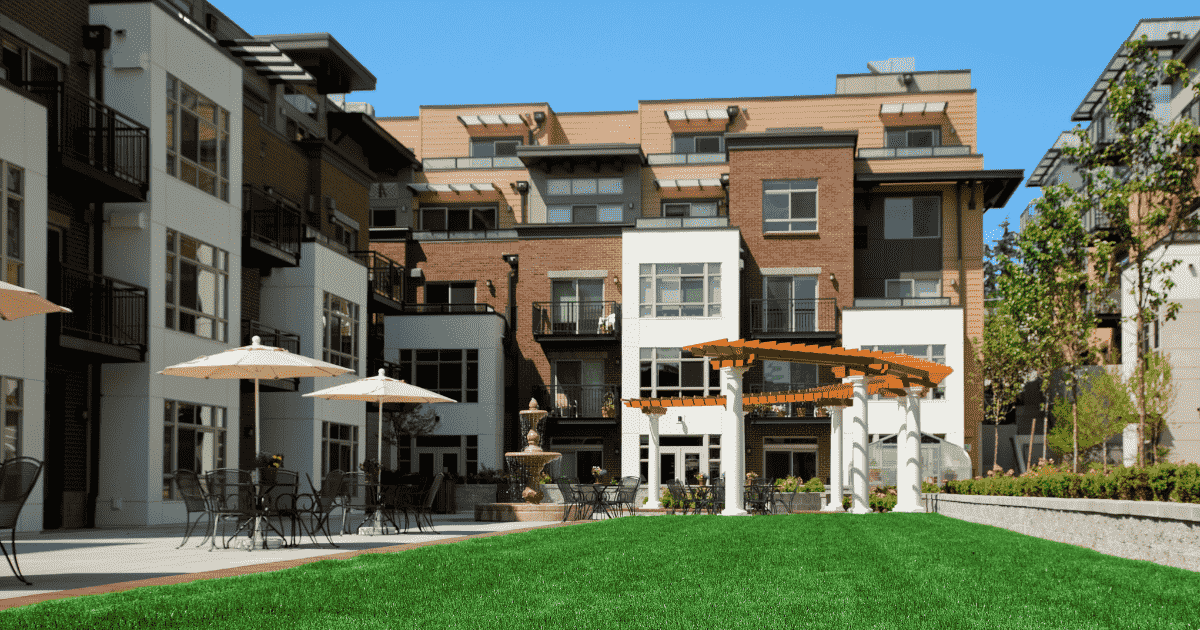In our previous five articles on building a real estate investment portfolio, we listed the key components of real estate investment. We explored:
- Goal setting and readiness to be a real estate investor
- Selecting your investment area and building your team
- Financing and down-payment options
- Property selection, analysis, offer preparation and due diligence.
You have now purchased your first income-producing property. What comes next?
First, the team of experts that you assembled will continue to remain your go-to people.
Let us discuss a few of them:
Property manager
Will be your eyes and ears on the ground. They deal with tenants, bad debt, evictions, maintenance and a long list of other items. Make sure that your property manager has references and that you have seen other properties that they manage. Ensure that they have good reporting tools in place, because as an owner you should receive an online report every month showing rent collected, expenses paid with backup invoices and net rent remitted to your bank account.
Make sure to read the Property Management Agreement before you sign it and have your lawyer review it ahead of time. Regarding repairs and maintenance, every Property Management Agreement should contain a clause that mandates the management firm to obtain two or three quotes if the repair exceeds a certain amount. As the owner, you need to review and approve the selected quote before the work begins. Know where your money is being spent.
Bookkeeping
Whether you do it yourself or hire a professional, there is a lot of paperwork involved in real estate investments. Know your income and expenses and plan to improve them. What gets measured gets done!
Income is the lifeblood of any business. Your income comes from tenants, who in essence are your clients. The building (your business) has operational expenses such as property taxes, insurance and utilities, resulting in a bottom line net operating income (NOI). From your NOI, you will need to service the mortgage on the property.
As a property owner, your goal is to increase your bottom line, thus increasing the value of your property. In our May 2014 article in REM, we highlighted various income acceleration strategies. You may want to keep that article handy, as a supplementary tool, because it is now time to implement some of those tactics.
Since real estate investments are a long-term hold strategy, it is essential to have an NOI enhancement plan looking five to 10 years ahead. Review and tweak it every year to keep it optimized.
Let’s fast forward 10 to 15 years in the future and assume that you have built your portfolio to 30 rental units using some of the tactics we have highlighted in our article series. At this point, your $3,000 of cash flow per month should be realized. These properties should have amassed a great deal of equity in value upside, as well as mortgage reduction along the way.
An approach that Real Estate Rangers has successfully used in the past to accelerate reaching our portfolio’s cash-flow generating goals has been to also diversify into key strategic markets in the United States, taking advantage of the early stage of economic recovery in these markets to acquire tenanted properties at a very low cost, allowing for increased cash-flow production.
One last manoeuvre that you can execute at this stage would be to sell half your assets and pay down whatever mortgage is remaining on the other half. Doing so will result in almost doubling your cash flow, while sitting on mortgage-free real estate assets. These assets should continue to increase in value over time. This is a commonly used strategy when the investors are about to retire.
We sincerely hope that our goal of encouraging Canadians to invest in real estate through this six article series has provided a basic foundation and confidence to take the first step. Best of luck!
Real Estate Rangers is a real estate investment team that locates, operates and maintains properties for investors. Eddy Boudiwan and George Hill are the co-founders of the company. They have partnered with Taft Forward Management as their acquisition arm. For more information, visit www.realestaterangers.ca.












